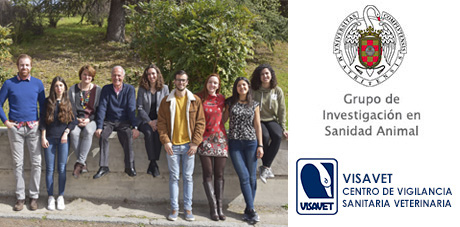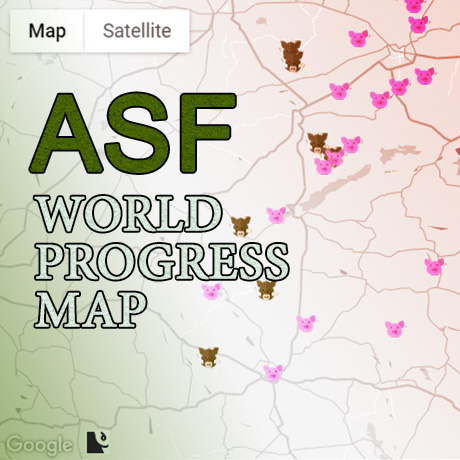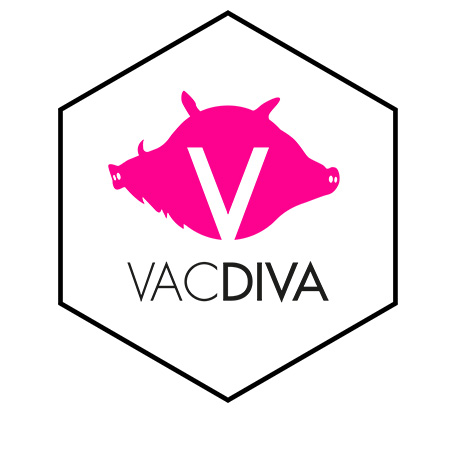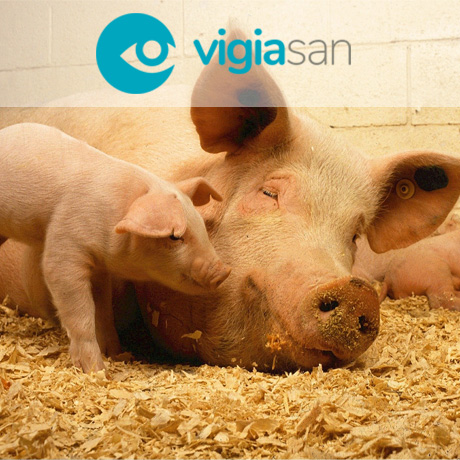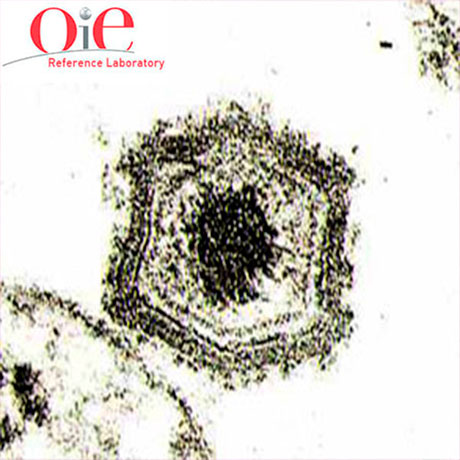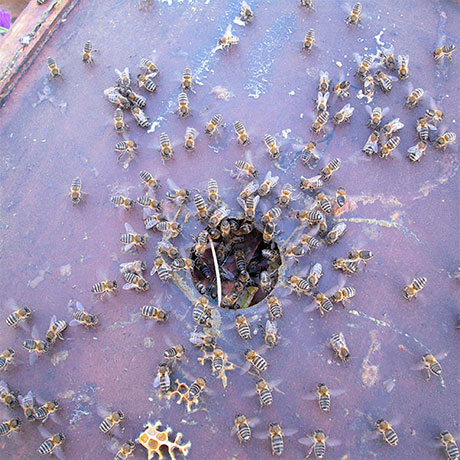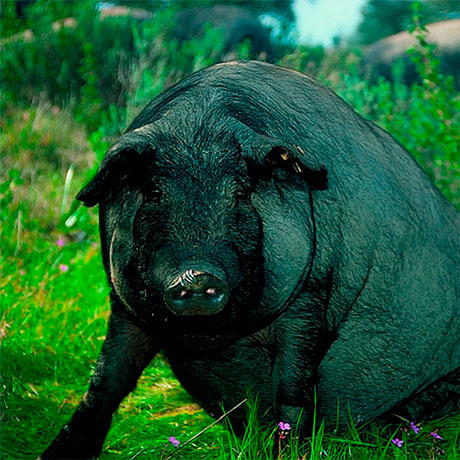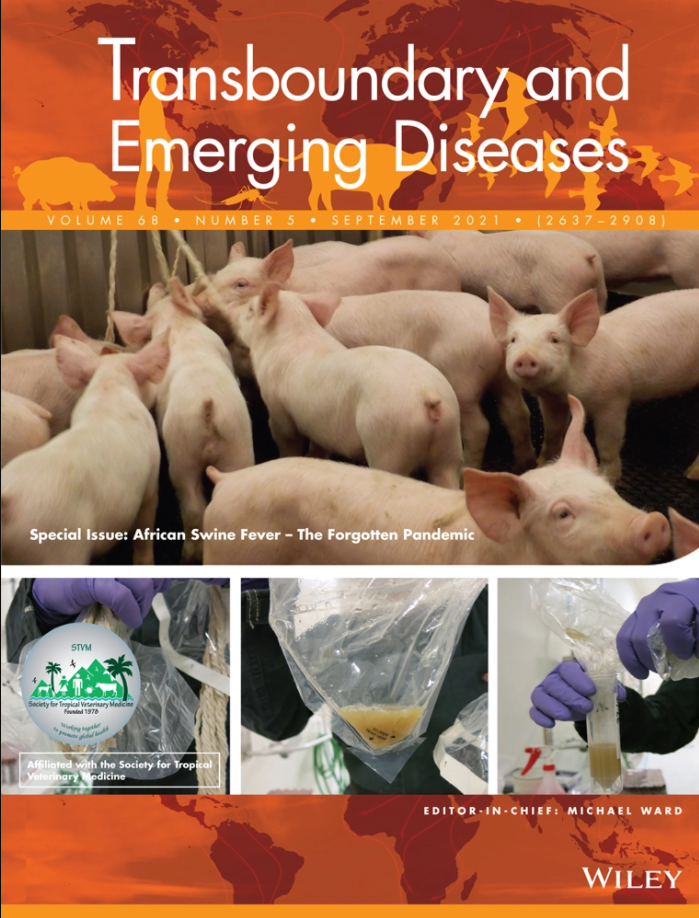Nuevo artículo de acceso abierto en la revista Viruses
Publicamos un nuevo artículo titulado: Systematic Determination of Herpesvirus in Free-Ranging Cetaceans Stranded in the Western Mediterranean: Tissue Tropism and Associated Lesions
 Resumen: The monitoring of herpesvirus infection provides useful information when assessing marine mammals’ health. This paper shows the prevalence of herpesvirus infection (80.85%) in 47 cetaceans stranded on the coast of the Valencian Community, Spain. Of the 966 tissues evaluated, 121 tested positive when employing nested-PCR (12.53%). The largest proportion of herpesvirus-positive tissue samples was in the reproductive system, nervous system, and tegument. Herpesvirus was more prevalent in females, juveniles, and calves. More than half the DNA PCR positive tissues contained herpesvirus RNA, indicating the presence of actively replicating virus. This RNA was most frequently found in neonates. Fourteen unique sequences were identified. Most amplified sequences belonged to the Gammaherpesvirinae subfamily, but a greater variation was found in Alphaherpesvirinae sequences. This is the first report of systematic herpesvirus DNA and RNA determination in free-ranging cetaceans. Nine (19.14%) were infected with cetacean morbillivirus and all of them (100%) were coinfected with herpesvirus. Lesions similar to those caused by herpesvirus in other species were observed, mainly in the skin, upper digestive tract, genitalia, and central nervous system. Other lesions were also attributable to concomitant etiologies or were nonspecific. It is necessary to investigate the possible role of herpesvirus infection in those cases.
Resumen: The monitoring of herpesvirus infection provides useful information when assessing marine mammals’ health. This paper shows the prevalence of herpesvirus infection (80.85%) in 47 cetaceans stranded on the coast of the Valencian Community, Spain. Of the 966 tissues evaluated, 121 tested positive when employing nested-PCR (12.53%). The largest proportion of herpesvirus-positive tissue samples was in the reproductive system, nervous system, and tegument. Herpesvirus was more prevalent in females, juveniles, and calves. More than half the DNA PCR positive tissues contained herpesvirus RNA, indicating the presence of actively replicating virus. This RNA was most frequently found in neonates. Fourteen unique sequences were identified. Most amplified sequences belonged to the Gammaherpesvirinae subfamily, but a greater variation was found in Alphaherpesvirinae sequences. This is the first report of systematic herpesvirus DNA and RNA determination in free-ranging cetaceans. Nine (19.14%) were infected with cetacean morbillivirus and all of them (100%) were coinfected with herpesvirus. Lesions similar to those caused by herpesvirus in other species were observed, mainly in the skin, upper digestive tract, genitalia, and central nervous system. Other lesions were also attributable to concomitant etiologies or were nonspecific. It is necessary to investigate the possible role of herpesvirus infection in those cases.
Vargas-Castro I, Melero M, Crespo-Picazo JL, Jiménez MdlÁ, Sierra E, Rubio-Guerri C, Arbelo M, Fernández A, García-Párraga D, y Sánchez-Vizcaíno JM.
Un nuevo método para muestrear el genoma del virus de la Peste Porcina Africana y su inactivación en muestras ambientales
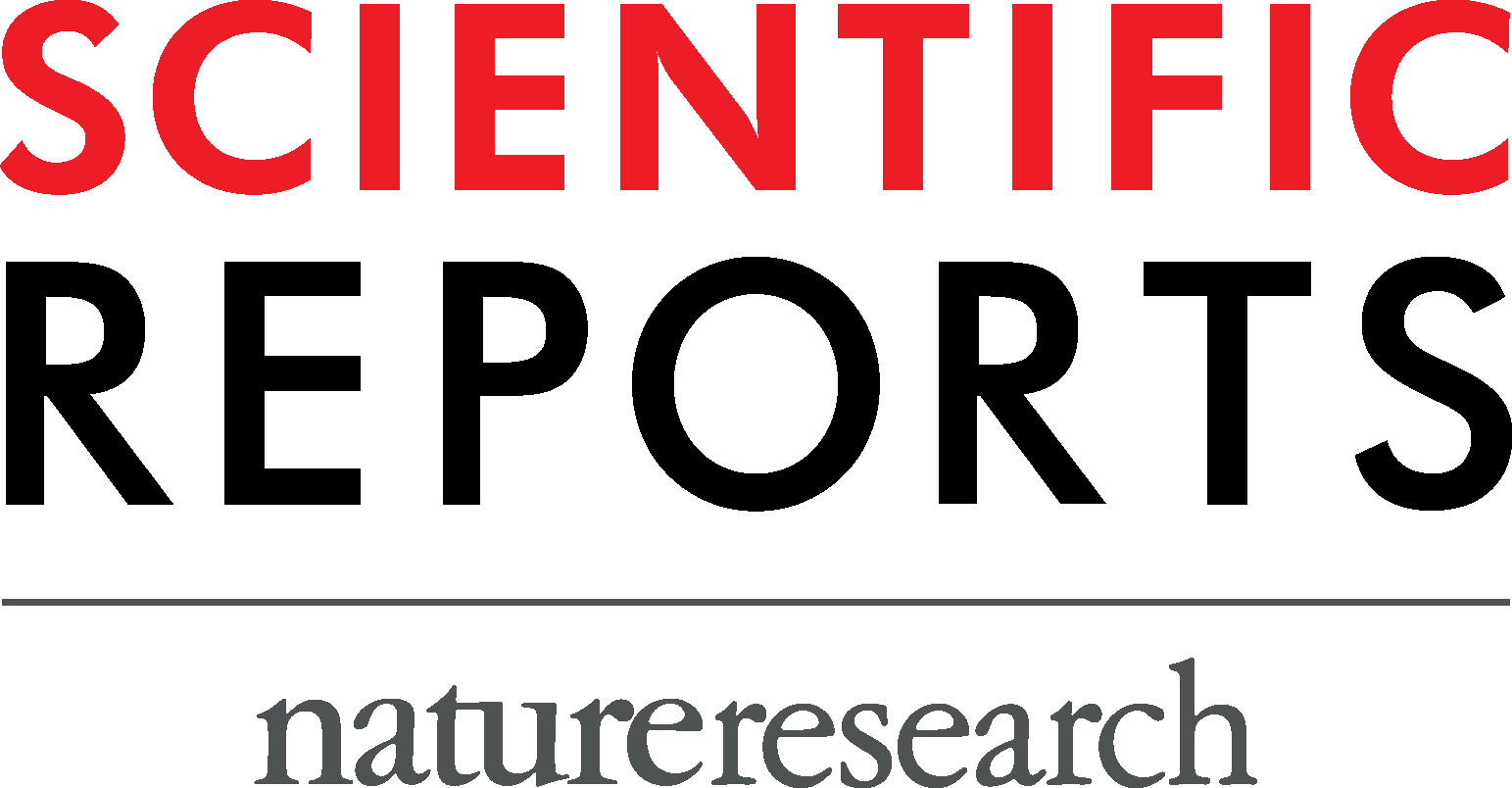 Nuevo artículo publicado en la revista Scientific Records de Nature research.
Nuevo artículo publicado en la revista Scientific Records de Nature research.
Resumen: African swine fever (ASF) is currently the most dangerous disease for the global pig industry, causing huge economic losses, due to the lack of effective vaccine or treatment. Only the early detection of ASF virus (ASFV) and proper biosecurity measures are effective to reduce the viral expansion. One of the most widely recognized risks as regards the introduction ASFV into a country is infected animals and contaminated livestock vehicles. In order to improve ASF surveillance, we have assessed the capacity for the detection and inactivation of ASFV genome by using Dry-Sponges (3 M) pre-hydrated with a new surfactant liquid. We sampled different surfaces in ASFV-contaminated facilities, including animal skins, and the results were compared to those obtained using a traditional sampling method. The surfactant liquid successfully inactivated the virus, while ASFV DNA was well preserved for the detection. This is an effective method to systematically recover ASFV DNA from different surfaces and skin, which has a key applied relevance in surveillance of vehicles transporting live animals and greatly improves animal welfare. This method provides an important basis for the detection of ASFV genome that can be assessed without the biosafety requirements of a BSL-3 laboratory at least in ASF-affected countries, which may substantially speed up the early detection of the pathogen.
Kosowska A, Barasona JA, Barroso-Arévalo S, Rivera B, Domínguez L, Sánchez-Vizcaíno JM.
Large-scale study on virological and serological prevalence of SARS-CoV-2 in cats and dogs in Spain
Publicamos un interesante artículo sobre la prevalencia serológica del SARS-CoV-2 en gatos y perros en la revista Transboundary and Emerging Diseases.
Resumen:
The disease produced by the severe acute respiratory syndrome-related coronavirus 2 (SARS-CoV-2), is currently one of the primary concerns worldwide. Knowing the zoonotic origin of the disease and that several animal species, including dogs and cats, are susceptible to viral infection, it is critical to assess the relevance of pets in this pandemic. Here, we performed a large-scale study on SARS-CoV-2 serological and viral prevalence in cats and dogs in Spain in order to elucidate their role and susceptibility. Samples from animals in contact with COVID-19 positive people and/or compatible symptoms (n = 492), as well as from random animals (n = 1024), were taken. Despite the large number of animals analyzed, only 12 animals (eight dogs and four cats), which represents 0.79 % of the total analyzed animals (n = 1516), were positive for viral SARS-CoV-2 RNA detection by RT-qPCR, in which viral isolation was possible in four animals. We detected neutralizing antibodies in 34 animals, four of them also positive for PCR. This study evidences that pets are susceptible to SARS-CoV-2 infection in natural conditions but at a low level, as evidenced by the low percentage of positive animals detected, being infected humans the main source of infection. However, the inclusion of animals in the surveillance of COVID-19 is still recommended.
Barroso-Arévalo S, Barneto A, Ramos ÁM, Rivera B, Sánchez R, Sánchez-Morales L, Pérez-Sancho M, Buendía A, Ferreras E, Ortiz-Menéndez JC, Moreno I, Serres C, Vela C, Risalde MÁ, Domínguez L, Sánchez-Vizcaíno JM.
Gala de entrega de premios del Colegio de Veterinarios de la Región de Murcia
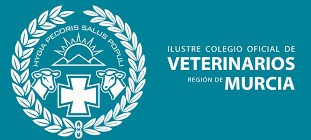 José Manuel Sánchez Vizcaíno recibió el título A de Oro de Albéitar por su trabajo y dedicación al servicio de la profesión veterinaria y de la sociedad. Durante su ponencia reflejó su interés científico en el estudio de la epidemiología y medicina preventiva de las enfermedades infecciosas animales.
José Manuel Sánchez Vizcaíno recibió el título A de Oro de Albéitar por su trabajo y dedicación al servicio de la profesión veterinaria y de la sociedad. Durante su ponencia reflejó su interés científico en el estudio de la epidemiología y medicina preventiva de las enfermedades infecciosas animales.
La vacuna contra la peste porcina africana que lidera España estaría lista en 2024
El catedrático de la Facultad de Veterinaria de la UCM, José Manuel Sánchez-Vizcaíno, coordinador de VACDIVA, ha adelantado que en 2024 prevé comenzar planes piloto de su vacuna contra la peste porcina africana.

“Las vacunas son la herramienta más importante que tenemos en medicina preventiva”
 José Manuel Sánchez-Vizcaíno, experto del ‘Manifiesto: Desafíos del siglo XXI en prevención, bienestar y salud animal’ de Boehringer Ingelheim, destaca la importancia de la vacunación tanto para la salud humana como la animal.
José Manuel Sánchez-Vizcaíno, experto del ‘Manifiesto: Desafíos del siglo XXI en prevención, bienestar y salud animal’ de Boehringer Ingelheim, destaca la importancia de la vacunación tanto para la salud humana como la animal.



